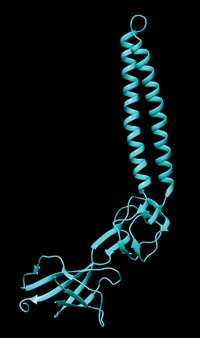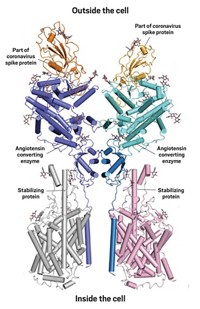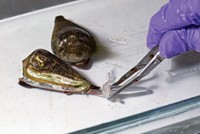Advertisement
Grab your lab coat. Let's get started
Welcome!
Welcome!
Create an account below to get 6 C&EN articles per month, receive newsletters and more - all free.
It seems this is your first time logging in online. Please enter the following information to continue.
As an ACS member you automatically get access to this site. All we need is few more details to create your reading experience.
Not you? Sign in with a different account.
Not you? Sign in with a different account.
ERROR 1
ERROR 1
ERROR 2
ERROR 2
ERROR 2
ERROR 2
ERROR 2
Password and Confirm password must match.
If you have an ACS member number, please enter it here so we can link this account to your membership. (optional)
ERROR 2
ACS values your privacy. By submitting your information, you are gaining access to C&EN and subscribing to our weekly newsletter. We use the information you provide to make your reading experience better, and we will never sell your data to third party members.
Biological Chemistry
Transporting Botulism Toxin Across The Intestinal Wall
Accessory proteins disrupt intestinal cell adhesion, allowing the neurotoxin to slip through the gut wall
by Jyllian Kemsley
June 23, 2014
| A version of this story appeared in
Volume 92, Issue 25
The neurotoxin that causes botulism moves from the gut into the bloodstream with help from a bacterial protein complex, reports a group led by Rongsheng Jin of the University of California, Irvine (Science 2014, DOI: 10.1126/science.1253823). The complex disrupts adhesion of intestinal cells, allowing the toxin to slip between them and through the intestinal wall. Understanding how botulinum neurotoxin (BoNT) makes its way from gut to blood to motor neurons—where it inhibits neurotransmitter release—could lead to ways to prevent botulism. Researchers already knew that BoNT binds to an assembly of 12 bacterial proteins called hemagglutinins that interact with intestinal epithelial cells. In the new work, Jin and colleagues found that the hemagglutinins bind to sugars and adhesion proteins on intestinal cell surfaces and disrupt adhesion protein interactions that hold the cells together. That opens routes for BoNT to squeeze between cells to get into the bloodstream.





Join the conversation
Contact the reporter
Submit a Letter to the Editor for publication
Engage with us on Twitter